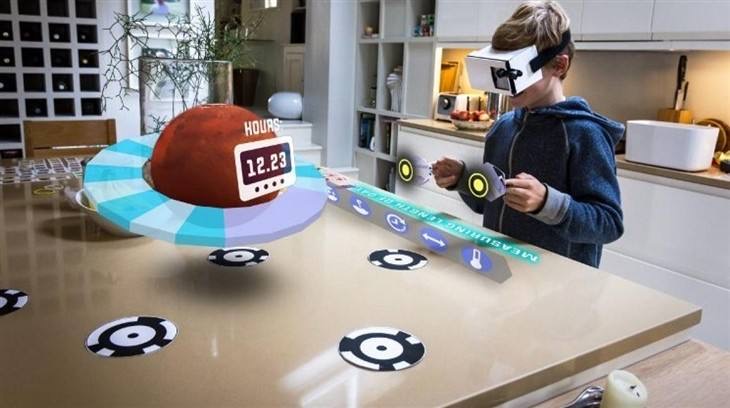Assessment is a very important part in education. It can let teachers know whether students master important knowledge, and help students improve their skills and understanding.
In terms of types, assessment can be divided into formative assessment and summative assessment.

Formative assessment generally evaluates students during the learning process and provides feedback on their current learning progress. This assessment is generally not graded.
Summative assessment is always conducted after the course. This assessment has strict standards, and teachers will score students according to these standards.
From my point of view, I think both assessments are important and useful. Formative assessment can better improve students’ ability and teachers can provide help in time. Summative assessment can make students have a certain sense of tension to ensure that their usual learning will not be lax. How to reasonably combine the two assessments is what educators should think about.
If you want to better understand the differences between the two assessments, the following video may help.






Recent Comments